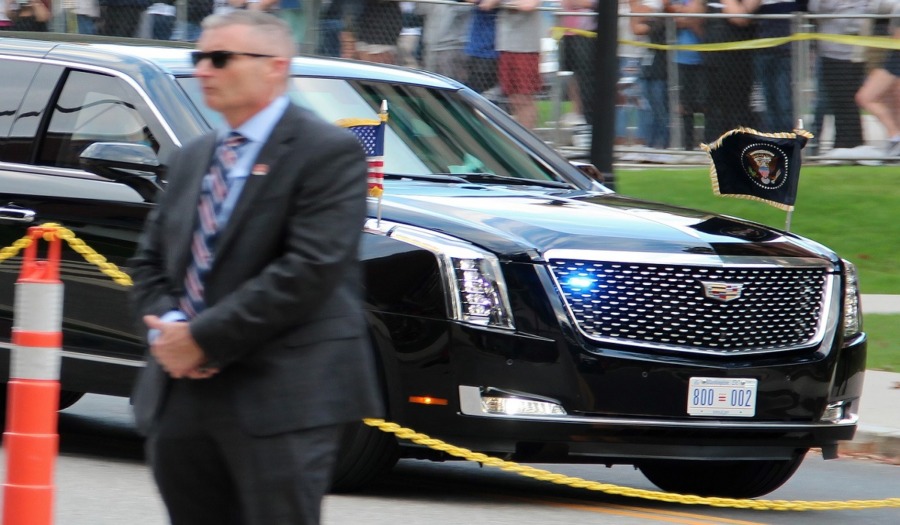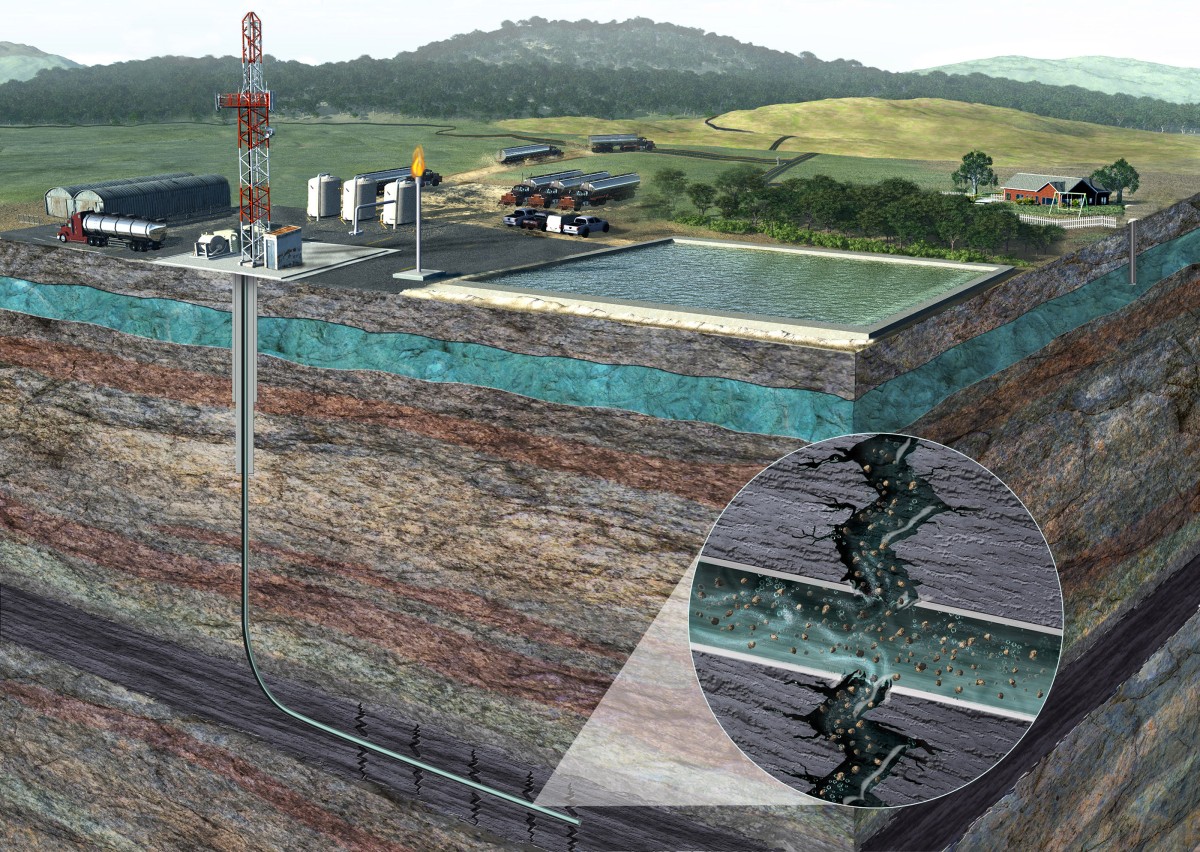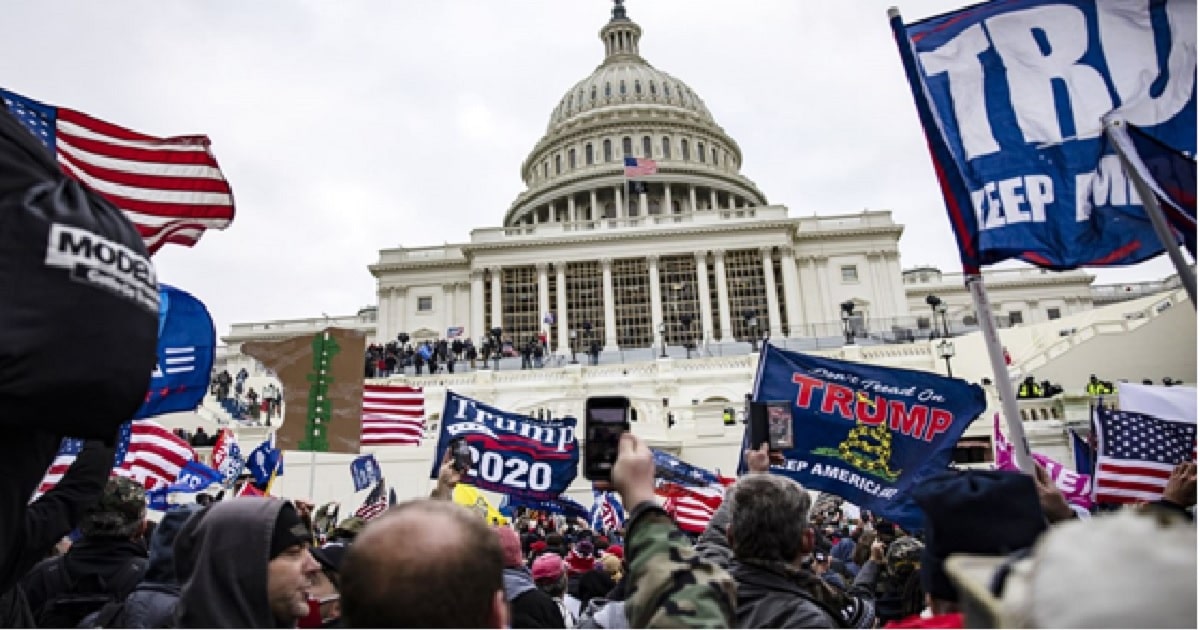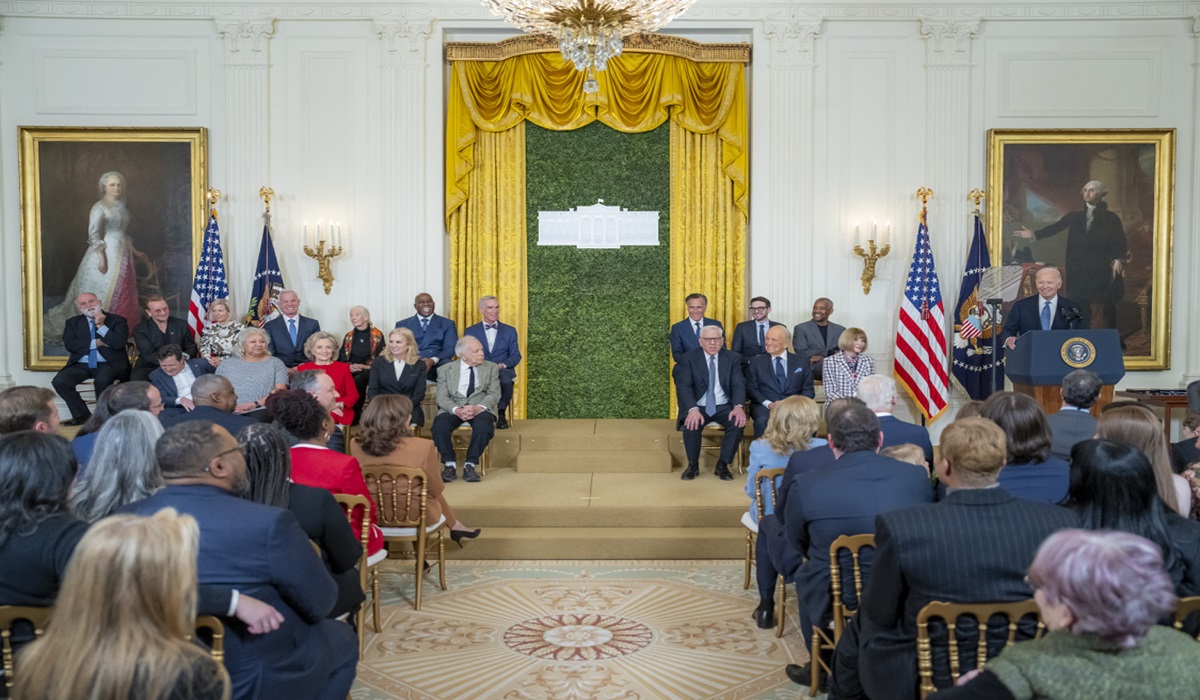Extravagance or Necessity? A Closer Look at Post-Presidential Security Motorcades
- Kingston Bailey
- D.O.C Supplements - Trending News
- U.S.A
- August 29, 2023

In the intricate web of government operations, a dilemma often goes unnoticed amidst the more prominent political debates and discussions. This quandary revolves around the massive presidential motorcades and the subsequent vice-presidential motorcades, particularly about the post-office phase of these high-profile figures’ lives. It is not a matter of debate that the former president and vice president of the United States require and are entitled to receive lifetime Secret Service protection. However, what raises eyebrows and questions is the sheer magnitude of the motorcades that continue to accompany these individuals long after they have left their official posts.
A striking example is the motorcade of former President Donald Trump, consisting of almost 50 vehicles lined up in procession on his trip to the Fulton County courthouse. While such an extensive motorcade could be rationalized during his time in office, it appears extravagant and somewhat perplexing in the context of his post-presidential status. This trend becomes more conspicuous as time elapses since these leaders left office. A perfect illustration of this phenomenon is observed when comparing the motorcades of different former presidents. For instance, President Jimmy Carter’s motorcade pales compared to President Bill Clinton’s, dwarfed by President George W. Bush’s, and even further minimized when compared to President Barack Obama’s motorcade.
The origins of this practice date back to the point when the concept of presidential motorcades was accepted and normalized. The transformation of motorcades from a necessity during the tenure of a sitting president to an extravagant spectacle for post-presidential individuals can be attributed to a gradual shift in the public’s expectations and security protocols. The question of when and why this transformation occurred is multi-faceted, interwoven with societal norms, security concerns, and perhaps a desire to maintain a certain level of prestige and influence even beyond the official term.
The legal foundation for providing former presidents of the United States with lifetime Secret Service protection was laid down through the Presidential Protection Assistance Act, passed in 1965. This legislation was a response to the assassination of President John F. Kennedy and aimed to ensure the safety of former presidents and their spouses. The act stipulated that individuals who served as president on or after January 1, 1997, would receive protection for their lifetime. This legislative framework has since been extended to encompass the broader scope of security measures, including elaborate motorcades.
However, the cost of these grand motorcades raises legitimate concerns, particularly regarding their financial burden on American taxpayers. It is reported that a presidential motorcade can cost taxpayers roughly $3,000 per minute. When calculated throughout a 6-hour travel, the expenses accumulate to nearly a million dollars. This considerable cost encompasses various elements, including coordinating multiple vehicles, personnel, security protocols, and the associated maintenance.
Beyond the motorcade expenses, the wages of Secret Service agents and the maintenance of the extensive security infrastructure further contribute to the overall financial impact. Unfortunately, specific data regarding the yearly cost to protect each former president is not readily available, as this information is classified and not disclosed to the public.
The spectacle of massive presidential motorcades for former presidents and vice presidents is a complex matter that intertwines security, tradition, and financial considerations. While the need for lifetime Secret Service protection is irrefutable, there is room for critical evaluation and discussion about the scale and expense of these motorcades. As the public continues to debate the allocation of taxpayer funds and the balance between security and practicality, it remains essential to maintain a transparent and responsible approach to preserving the safety and dignity of past leaders while respecting the fiscal responsibility owed to the American people.








